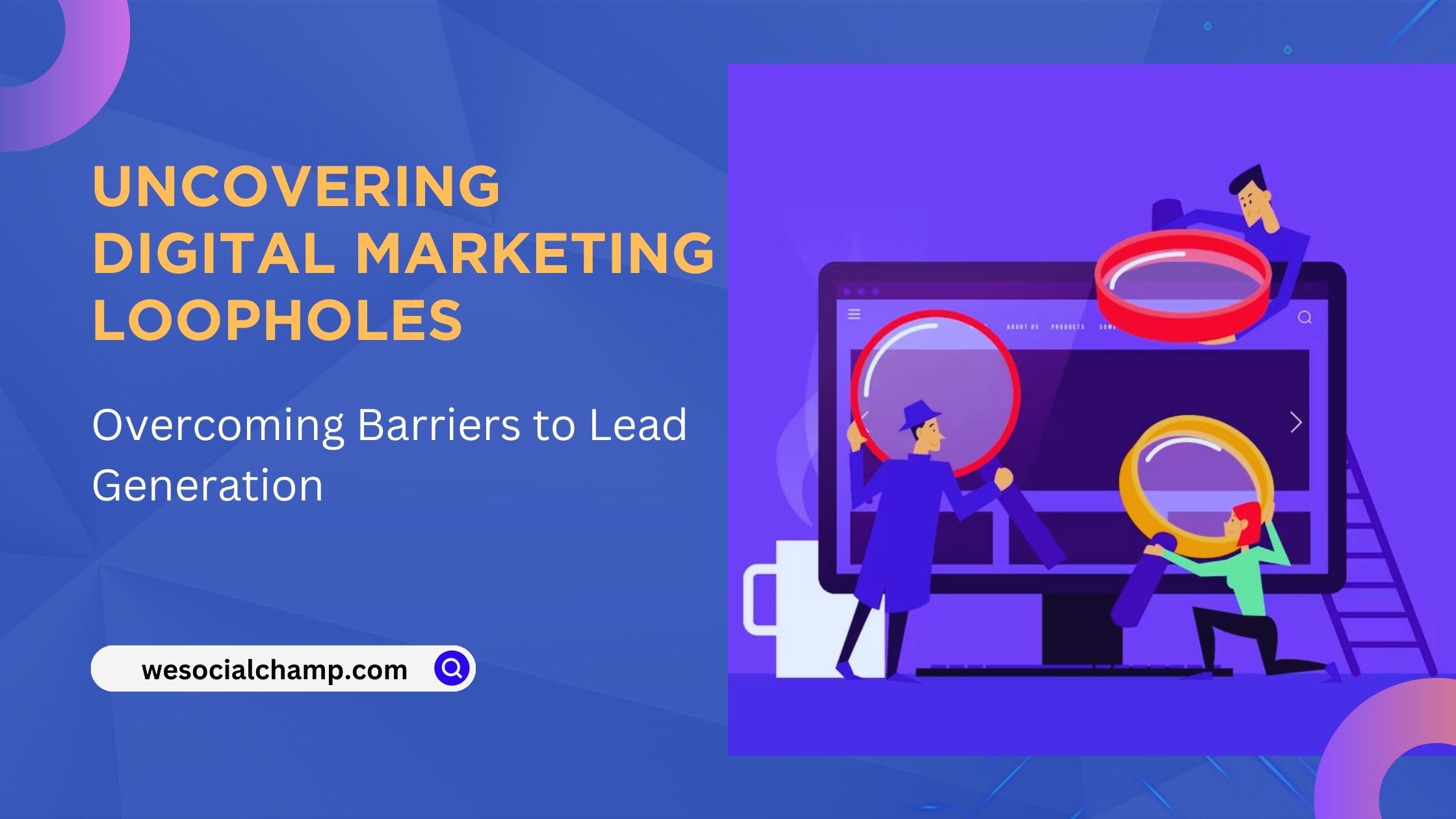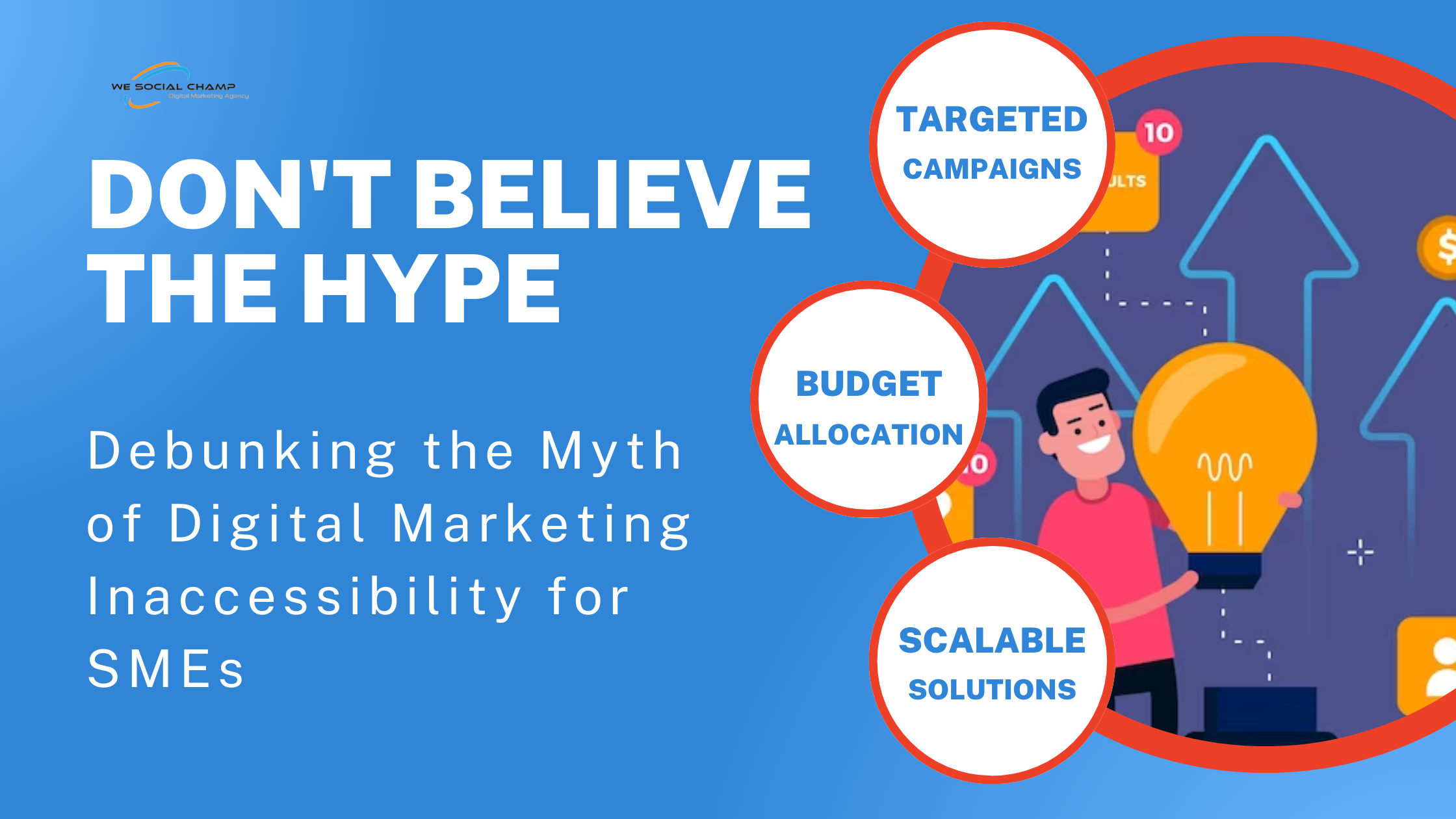In the ever-evolving landscape of commerce, the rise and fall of B2C startups offer invaluable lessons for aspiring entrepreneurs and established brands alike. Welcome to our exploration into the depths of B2C Brands Autopsy, where we dissect the underlying reasons behind their downfall. Through meticulous analysis and profound insights, we unveil the intricate factors that contribute to the success or demise of these ventures. Join us on this enlightening journey as we unravel the mysteries behind B2C startups’ struggles, offering profound observations and actionable strategies gleaned from thorough research and reflection.
So, what are the top 10 pain points of B2C Brands?
Lack of Brand Awareness 🚫
- Problem: Not enough people know about your brand.
- Solution: Use digital advertising like social media ads and Google Ads or PPC to get your B2C Brands in front of more people.
Low Website Traffic 📉
- Problem: Your website is not getting enough visitors.
- Solution: Improve your website’s visibility on search engines through SEO techniques like optimizing content and building quality backlinks.
Poor Conversion Rates 🔄
- Problem: Visitors are not turning into customers.
- Solution: Optimize your website and sales funnel, and try tactics like A/B testing and retargeting ads to improve conversion rates.
Ineffective Content Marketing 📝
- Problem: Your content is not resonating with your audience.
- Solution: Develop a strong content marketing strategy and create valuable, engaging content across different platforms.
Lack of Customer Engagement 💬
- Problem: Customers are not interacting with your brand.
- Solution: Engage with customers on social media through Social Media Marketing. Respond to their inquiries, and provide valuable content and resources.
Negative Online Reviews 🔻
- Problem: Negative reviews are hurting your reputation.
- Solution: Encourage positive reviews from satisfied customers, address negative feedback promptly, and showcase positive testimonials.
Limited Customer Retention 🔒
- Problem: Customers are not coming back for more.
- Solution: Implement customer retention strategies like loyalty programs and personalized email campaigns to keep customers coming back.
Inefficient Email Marketing 📧
- Problem: Your email campaigns are not getting results.
- Solution: Segment your email lists, personalize your emails, and test different elements to optimize your campaigns.
Competing with Larger B2C Brands 💼
- Problem: You are up against big competitors with bigger budgets.
- Solution: Focus on your unique selling points, emphasize your brand personality, and use agile marketing tactics to stay ahead.
Lack of Data Analytics 🔍
- Problem: You are not sure if your marketing efforts are paying off.
- Solution: Use digital analytics tools to track and analyze your marketing performance, and use the data to make informed decisions.
While running a B2C business can be challenging, digital marketing offers a plethora of solutions to overcome these obstacles. By implementing smart digital marketing strategies, you can increase brand awareness, drive traffic to your website, boost conversions, and ultimately, achieve success in the competitive world of B2C commerce.
Here is a detailed digital marketing strategy to address the pain points of B2C Brands:
Increasing Brand Awareness 📢
- Utilize Social Media Advertising: Create targeted ad campaigns on platforms like Facebook, Instagram, and Twitter to reach new audiences.
- Content Marketing: Develop engaging content such as blog posts, videos, and infographics to showcase your brand’s personality and values.
Boosting Website Traffic 🚀
- SEO Optimization: Optimize your website for search engines by using relevant keywords, optimizing Meta tags, and improving site speed.
- Content Creation: Regularly publish high-quality content that addresses your target audience’s needs and interests, driving organic traffic to your site.
Improving Conversion Rates 💰
- Conversion Rate Optimization (CRO): Conduct A/B testing on your website to identify areas for improvement, such as optimizing landing pages and improving the checkout process.
- Email Marketing: Implement automated email sequences to nurture leads and encourage them to take action, such as making a purchase or signing up for a newsletter.
Enhancing Content Marketing 📝
- Audience Research: Understand your target audience’s preferences and pain points to create content that resonates with them.
- Visual Content: Incorporate visual elements such as images, videos, and infographics to make your content more engaging and shareable.
Increasing Customer Engagement 🤝
- Social Media Engagement: Regularly interact with your audience on social media by responding to comments, messages, and mentions.
- User-Generated Content: Encourage your customers to create and share content related to your brand, such as reviews, testimonials, and photos.
Managing Online Reputation 🌐
- Monitor Online Mentions: Use social listening tools to track mentions of your brand online and respond to both positive and negative feedback promptly.
- Encourage Positive Reviews: Encourage satisfied customers to leave positive reviews on review sites and social media platforms.
Retaining Customers 🛍️
- Loyalty Programs: Implement a loyalty program to reward repeat customers and encourage them to continue shopping with your brand.
- Personalized Communication: Use customer data to personalize your communication with customers, such as sending targeted offers and recommendations.
Optimizing Email Marketing ✉️
- Segmentation: Segment your email list based on demographics, purchase history, and behaviour to send more targeted and relevant emails.
- Automation: Set up automated email campaigns, such as welcome emails, abandoned cart reminders, and birthday offers, to engage with your audience at the right time.
Differentiating from Competitors 🏆
- Unique Value Proposition: Clearly communicate your brand’s unique value proposition and what sets you apart from competitors.
- Brand Storytelling: Use storytelling to create an emotional connection with your audience and showcase your brand’s personality and values.
Analyzing Marketing Performance 📊
- Track Key Metrics: Monitor key performance indicators (KPIs) such as website traffic, conversion rates, and customer acquisition costs to measure the success of your digital marketing efforts.
- Data Analytics: Use digital analytics tools like Google Analytics to track user behaviour on your website and identify areas for improvement.
By implementing these strategies, B2C businesses can overcome common pain points and achieve their marketing goals in the digital landscape.












